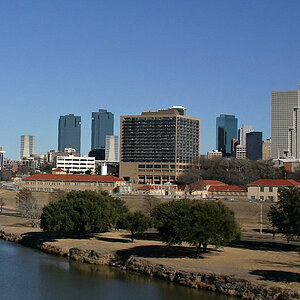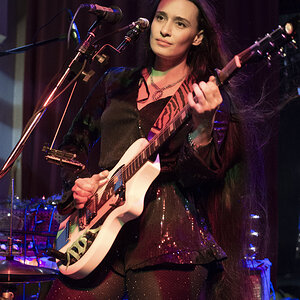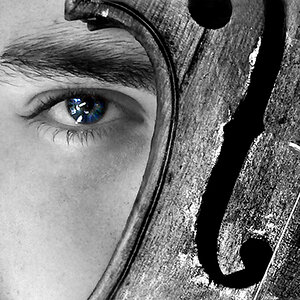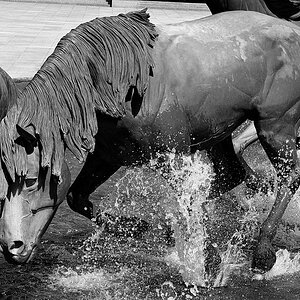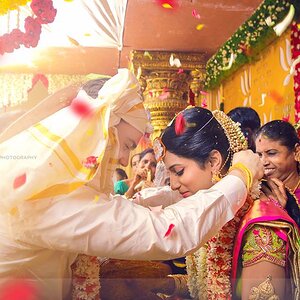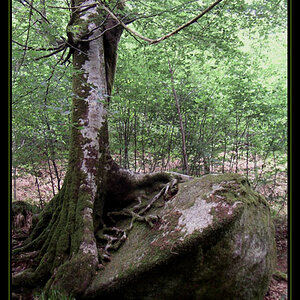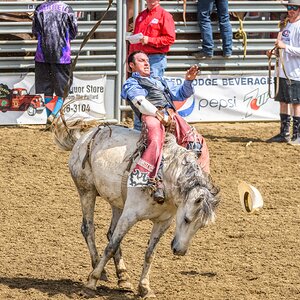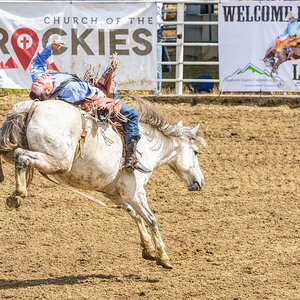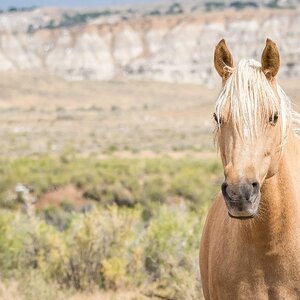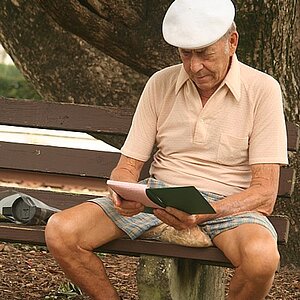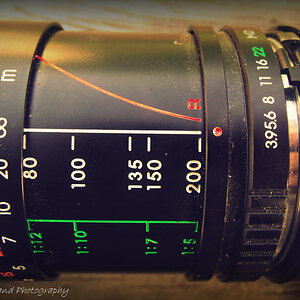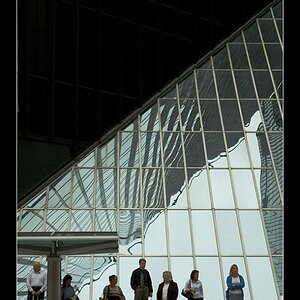- Joined
- Mar 29, 2016
- Messages
- 14,857
- Reaction score
- 8,311
- Can others edit my Photos
- Photos NOT OK to edit
Here's the deal. My dear wife has given me the green light to purchase lighting hardware, but only under the following condition:
I've thought maybe a monolight with large softbox or strip light that would adjust down low enough to be on her level (floor to 4' range) and capable of flooding a larger area with light. How about it any suggestions on what to get before the wife changes her mind?????
- It has to be something that will do the job for the intended purpose without going back to the store for something else. (Note she didn't specifically say I couldn't "add to in the future, just that it had to be something that would continue to be used in any future expansion)
- The primary intended purpose: The photography of our granddaughter, a 14 month old, very mobile toddler, from full body to head and shoulder. Secondary purpose: learning and practice on grown ups.
- The space available: Great room area 40 x 20 with a two story cathedral ceiling. One (40) wall faces NE and is floor to ceiling windows with blinds on lower windows. Morning light can be good, but need added flexibility. Furniture is movable (difficult), but obviously any lighting would need to be easy to set up and disassemble quickly for storage (can't be left in place)
- Currently have 3 speedlights with wireless triggers and umbrellas, but keeping "Speedy Gonzales" evenly lighted while she's moving is next to impossible, because they just don't put out the necessary light over a larger area.
- Would like to stay under $500 for the first purchase.
I've thought maybe a monolight with large softbox or strip light that would adjust down low enough to be on her level (floor to 4' range) and capable of flooding a larger area with light. How about it any suggestions on what to get before the wife changes her mind?????


